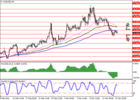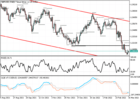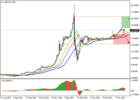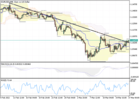SOLID ECN LLC
Solid ECN Representative
- Messages
- 516
Silver, the price develops a strong "bearish" momentum
At the end of February, Russian President Vladimir Putin initiated a special military operation on the territory of Ukraine, after which large-scale anti-Russian sanctions were introduced, and in Europe, there was a record increase in gas and oil prices. Now the situation has somewhat stabilized: although the special operation continues, investors hope that soon Russian-Ukrainian negotiations will halt hostilities and decrease the degree of global geopolitical tension.
Additional pressure on the quotes of the instrument is exerted by the expectations of the decision of the US Federal Reserve on monetary policy issues. Interest rates are forecast to rise by 25 basis points today, kicking off a cycle of national monetary policy adjustments. A subsequent press conference by Regulator Chairman Jerome Powell is likely to raise the issue of the impact of the military conflict on the US economy.
Resistance levels: 25, 25.28, 25.58, 26Additional pressure on the quotes of the instrument is exerted by the expectations of the decision of the US Federal Reserve on monetary policy issues. Interest rates are forecast to rise by 25 basis points today, kicking off a cycle of national monetary policy adjustments. A subsequent press conference by Regulator Chairman Jerome Powell is likely to raise the issue of the impact of the military conflict on the US economy.
Support levels: 24.67, 24.37, 24, 23.6



